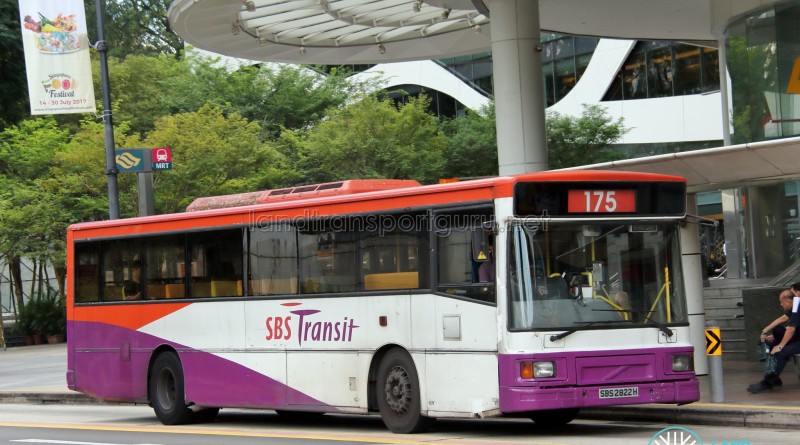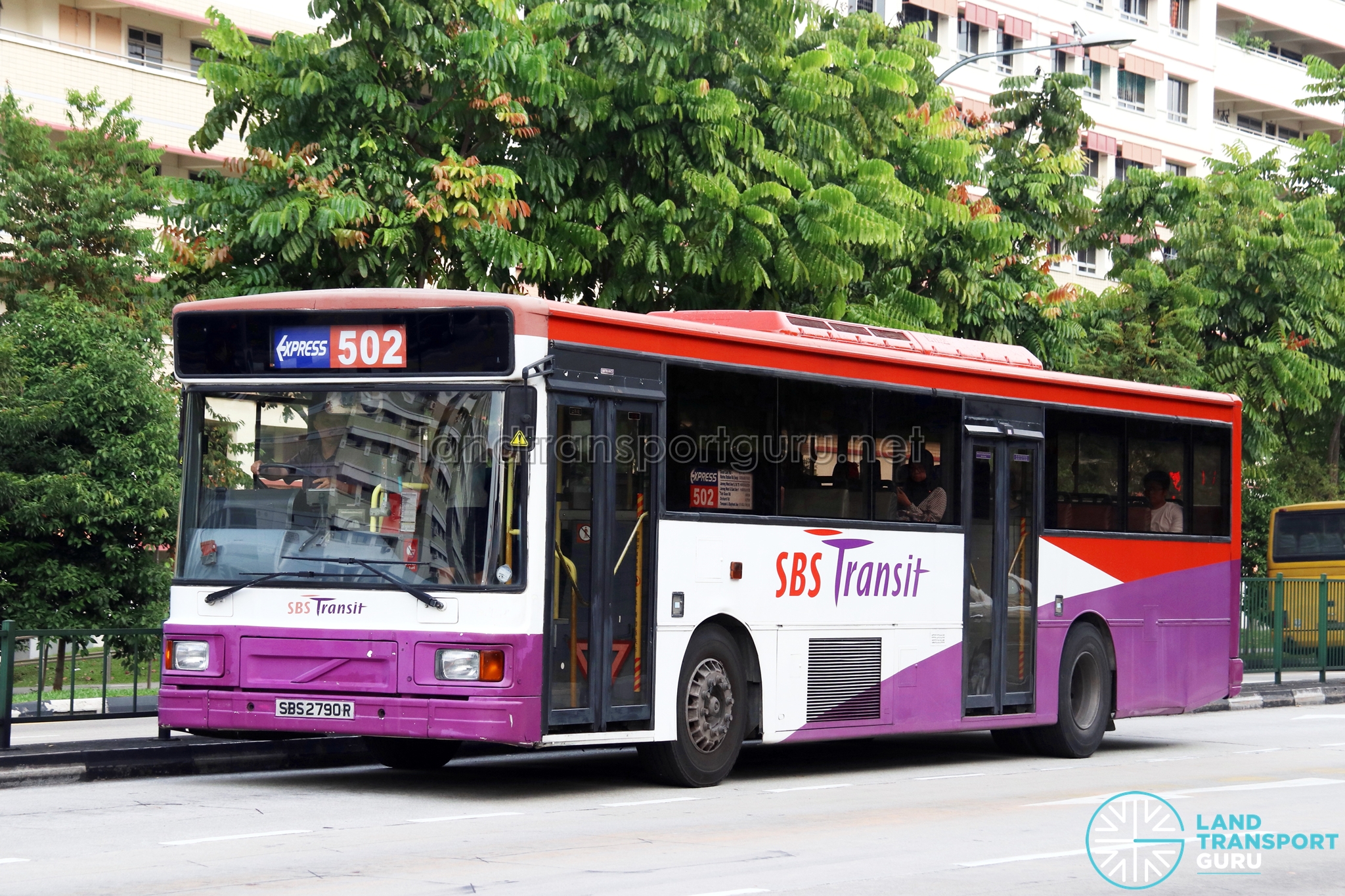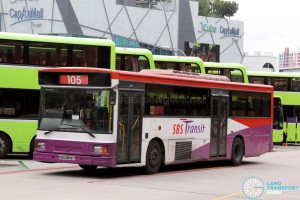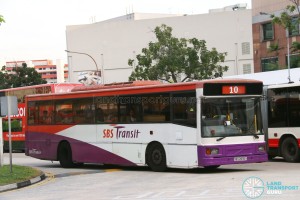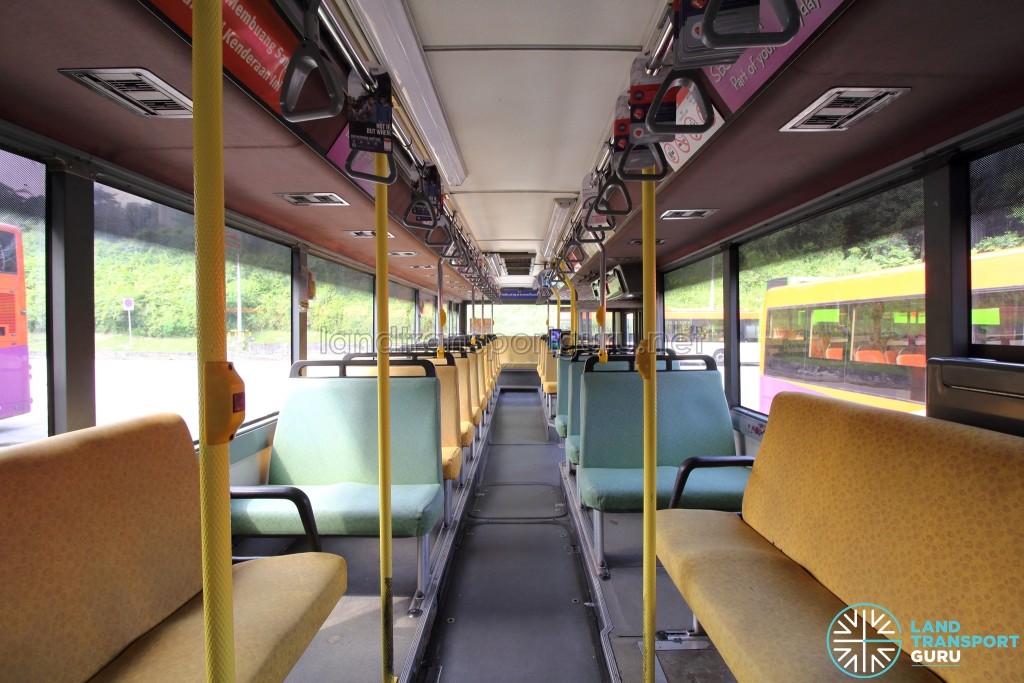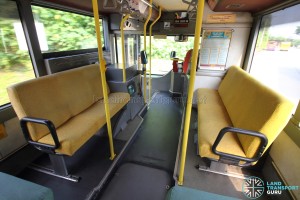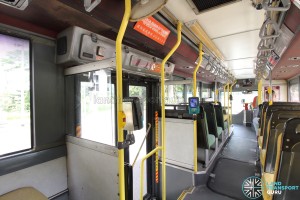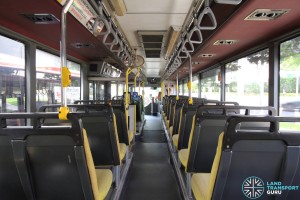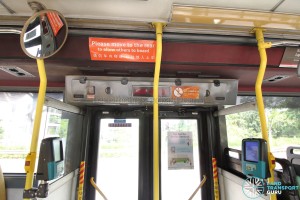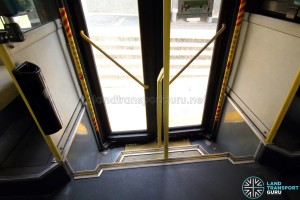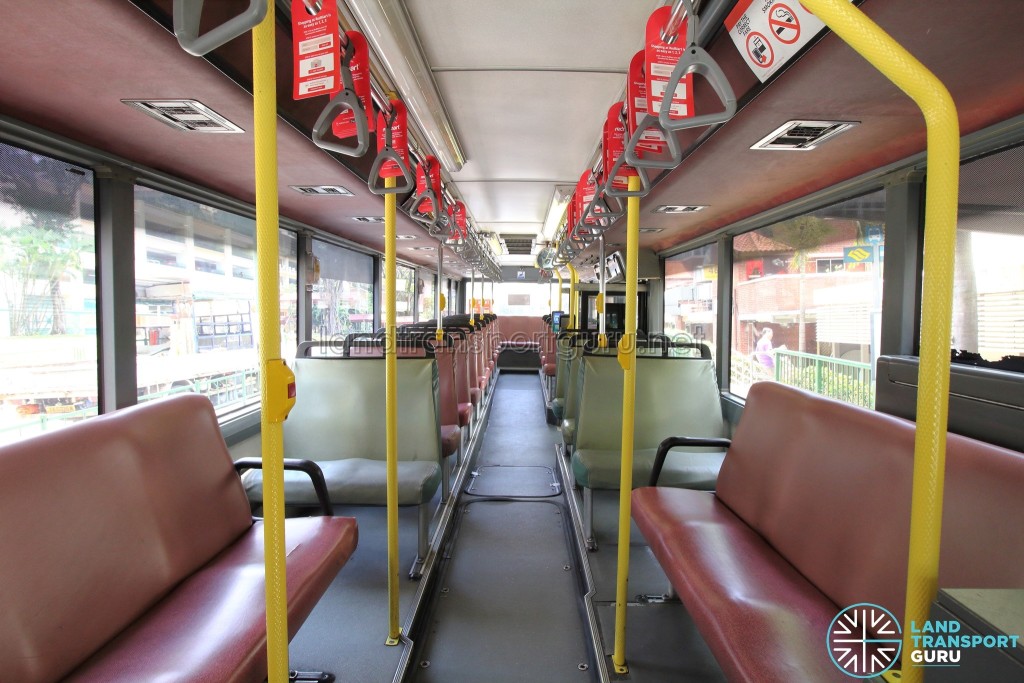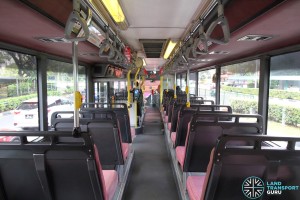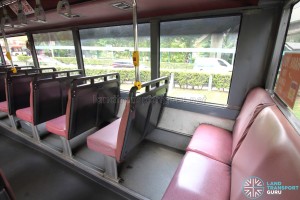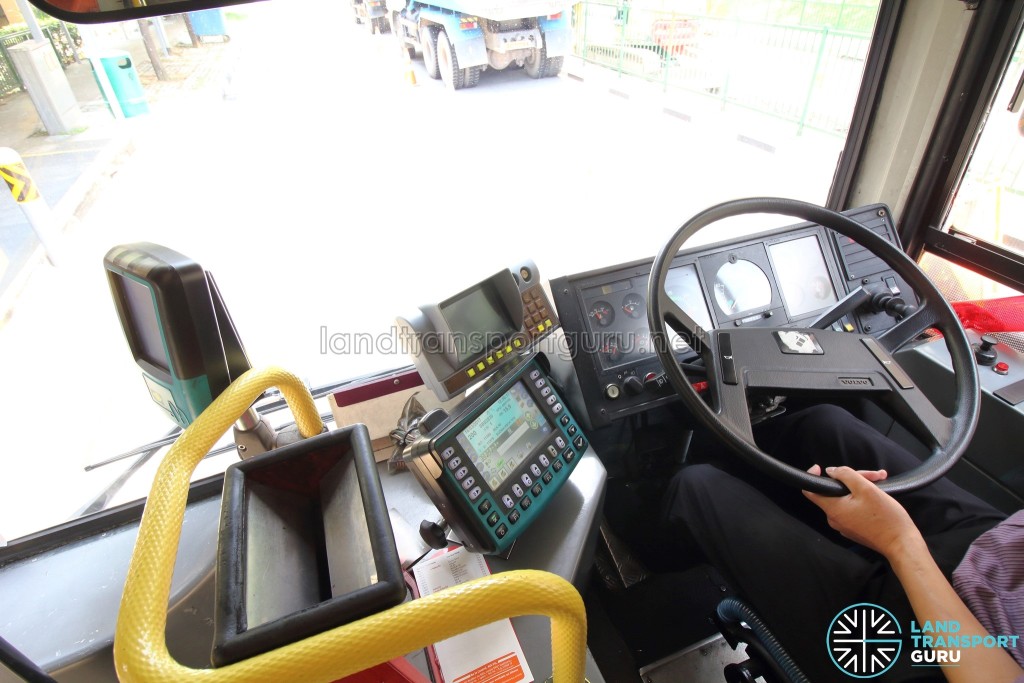Main Article: Volvo B10M-60 Mark IV
The Volvo B10M-60 Mark IV is a mid-engined single-deck city bus built by Volvo Buses, as part of the Volvo B10M line of bus chassis. Commonly referred to as the “Mark 4”, it is the successor of the Volvo B58. The popular chassis also entered service around the world, notably in the United Kingdom, Australia and Singapore over multiple variants.
Singapore Bus Service (SBS) acquired 475 of such buses between 1994 and 1997, with four different variants of bodywork, namely the PSV, Duple Metsec, Walter Alexander ‘Strider’ and Duple Metsec ‘DM3500’. This article concerns the last variant procured by SBS – the Duple Metsec DM3500.
Design:
The Volvo B10M chassis was manufactured by Volvo between 1978 and 2003 as the successor of the Volvo B58. Initially offered as a coach chassis, it was later also offered as a city bus. Both variants of the chassis were very popular.
The main design feature is the horizontally mounted 9.6-litre Volvo diesel engine just behind the front axles. Chassis were sold in a variety of wheelbase lengths, and both tri-axle and articulated (B10MA) variant were also produced.
Volvo B10M Mark IV – Duple Metsec DM3500 (SBS2689B – SBS2838M)
In 1996, Singapore Bus Services (SBS) purchased a final batch of 150 Volvo B10M Mark IV buses. Between August 1997 to December 2000, these buses were registered as SBS2689B – SBS2838M, in direct continuation of the Volvo B10M Mark IV Striders.
| Basic Technical Specifications | |
| Engine | Volvo THD102KF, 9603 cc (mid-mounted) Power rating of 245 hp (180 kW) @ 2200 rpm Torque rating of 1050 Nm @ 1250 rpm |
| Transmission | Voith DIWA 851.3 gearbox, three-speed automatic |
| Bodywork | Duple Metsec DM3500 Bodywork Complete Knock-Down (CKD) kits supplied by Duple Metsec of UK and assembled locally by SBS Engineering Pte Ltd. |
| Capacity | 46 Seating + 41 Standing = 87 total |
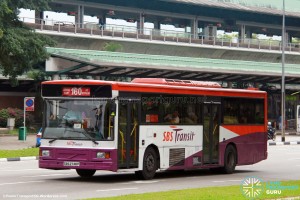
The last batch of Volvo B10M MkIV buses were supplied with bodywork from Duple Metsec of the DM3500 make. It was also the only local Volvo B10M type to not feature an emergency exit at the rear. Registration of these buses also took unusually long; the first 100 buses were registered between 12 August 1997 to 21 October 1999, while the last 50 buses were registered on 26 December 2000.
Due their high seating capacity, these buses were a popular choice for Premium service deployments, where standing is prohibited, or for Basic-Plus services, where most passengers would prefer a seat for long journeys.
Volvo B10M MkIV (DM3500) buses received a refurbishment to extend their lifespan by two years. Existing red & green seat covers were replaced with yellow & green ones. The lifespan of selected buses was extended yet again by a year in December 2017, till December 2018. The last day of operations was on Saturday, 22 December 2018.
Additional features:
Some MkIV DM3500s were fitted with external advertising boards, such as SBS2691T, SBS2722M and SBS2826Y Known as “Skyliners”, they pop out of the bus and charge special advertising rates. These mobile billboards are maintained by Moove Media, the advertising arm of ComfortDelGro Corporation, SBS Transit’s parent company.
In addition, SBS2754X had out-swinging plug doors for the exit doors, instead of the traditional in-swinging leaf doors. SBS2779A was equipped with an orange Transit Media Electronic Display Signage (EDS), which was removed sometime in 2010.
75 buses of this batch were SPAD-registered in 2011 to replace the retiring Volvo B10M MkIII buses on cross-border routes. They have since been replaced by SPAD-registered Scania K230UBs in 2014.
Two DM3500s also had complete interior makeovers. These ‘concept buses’ were fully refurbished with special interior layouts as part of long-term advertising. SBS2696E was converted into Nokia Music Mobile buses, with side facing seats, armchairs and a mock-up bar (SBS2779A and SBS2812L only bore the advert). SBS2837R was converted into a HP concept bus featuring seats with headrests, and various HP products displayed in the interior.
Interior
The interior of the bus seats four-abreast with a central aisle running the length of the bus. Grab poles and overhead hand grips are located on both sides of the aisle. All seats also have hand grips to provide commuters with additional support.
The ticket validator is retained as a ticket printer after magnetic farecards were phased out, and issues paper tickets as proof of cash payment
Bus stopping bell-pushes are located around the bus cabin, either mounted to stanchion poles or on the pillars in-between windows. Emergency hammers are also located on these pillars.
At the front of the bus are two side-facing seats above the wheel well, for three and four passengers respectively. Front-facing seats make up the remaining seats, and the last row of the bus seats five. An exit door is located in the middle of the bus.
Interior (Unrefurbished)
The interior of the bus seats four-abreast with a central aisle running the length of the bus. Grab poles and overhead hand grips are located on both sides of the aisle. All seats also have hand grips to provide commuters with additional support.
Bus stopping bell-pushes are located around the bus cabin, either mounted to stanchion poles or on the pillars in-between windows. Emergency hammers are also located on these pillars.
At the front of the bus are two side-facing seats above the wheel well, for three and four passengers respectively. Front-facing seats make up the remaining seats, and the last row of the bus seats five. An exit door is located in the middle of the bus.
Driver’s Compartment
More Photos on the next page…
